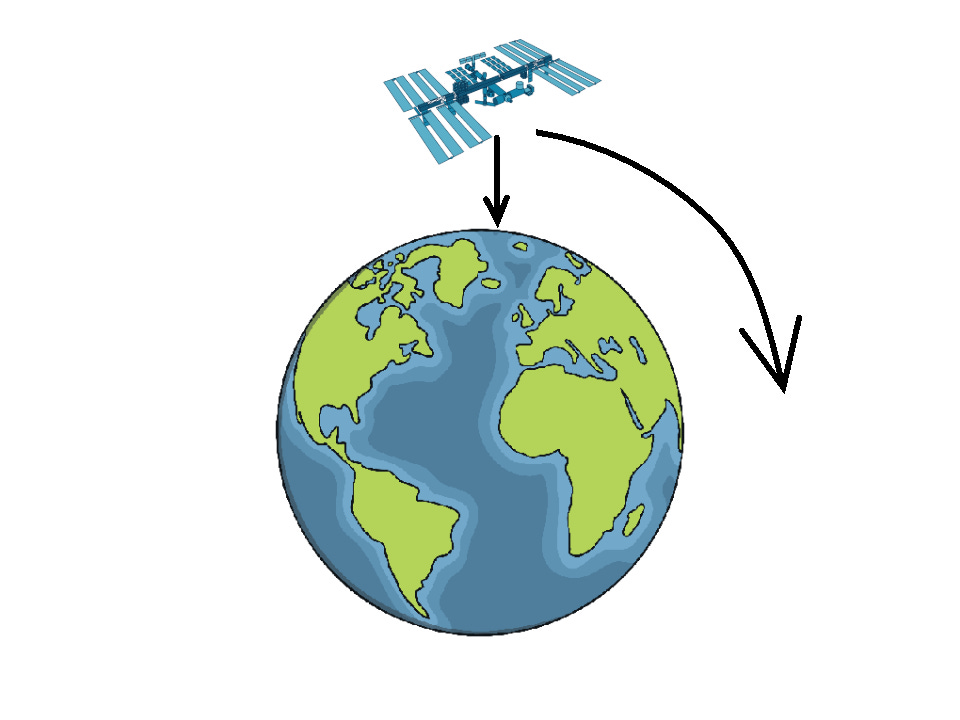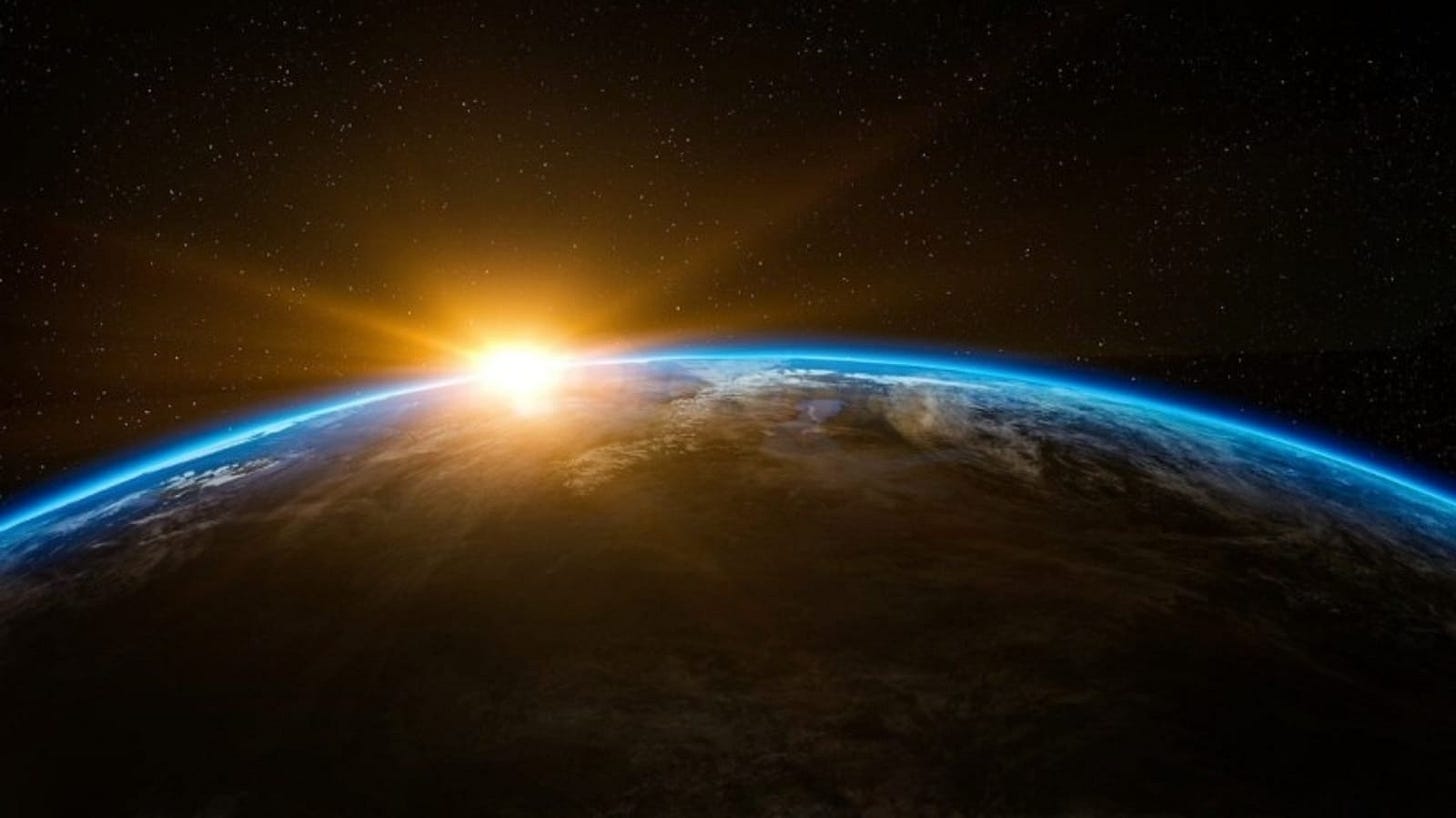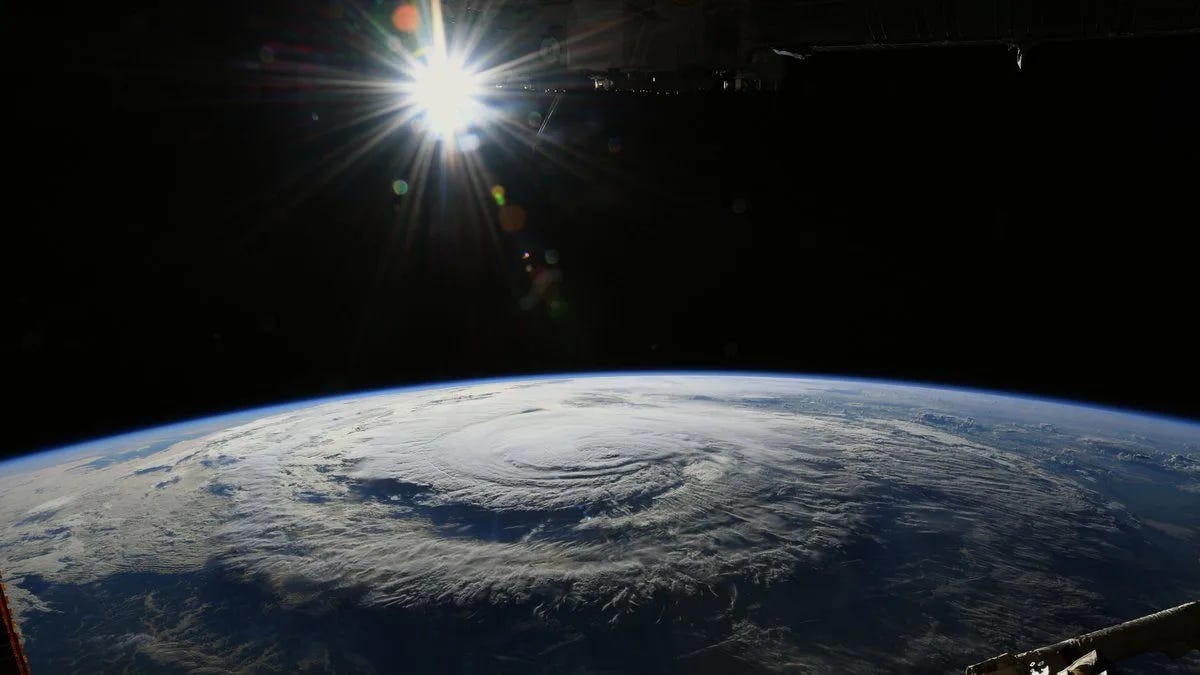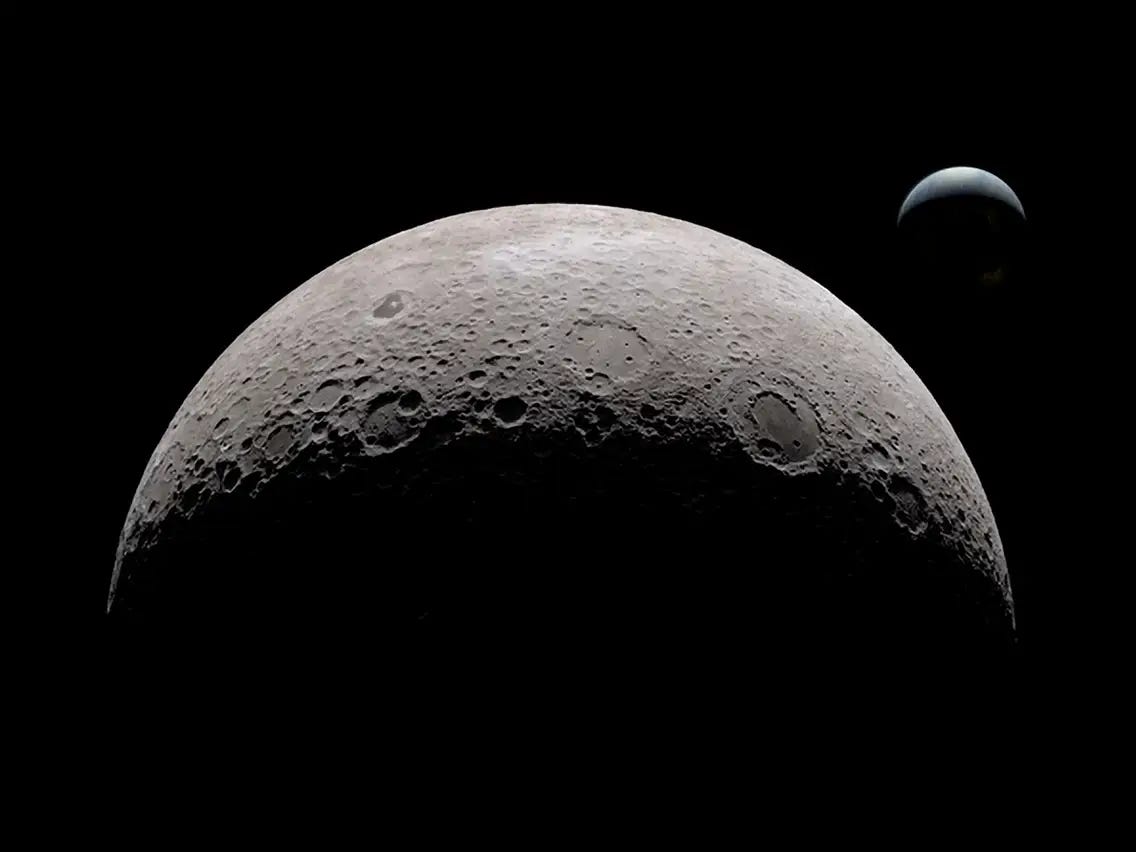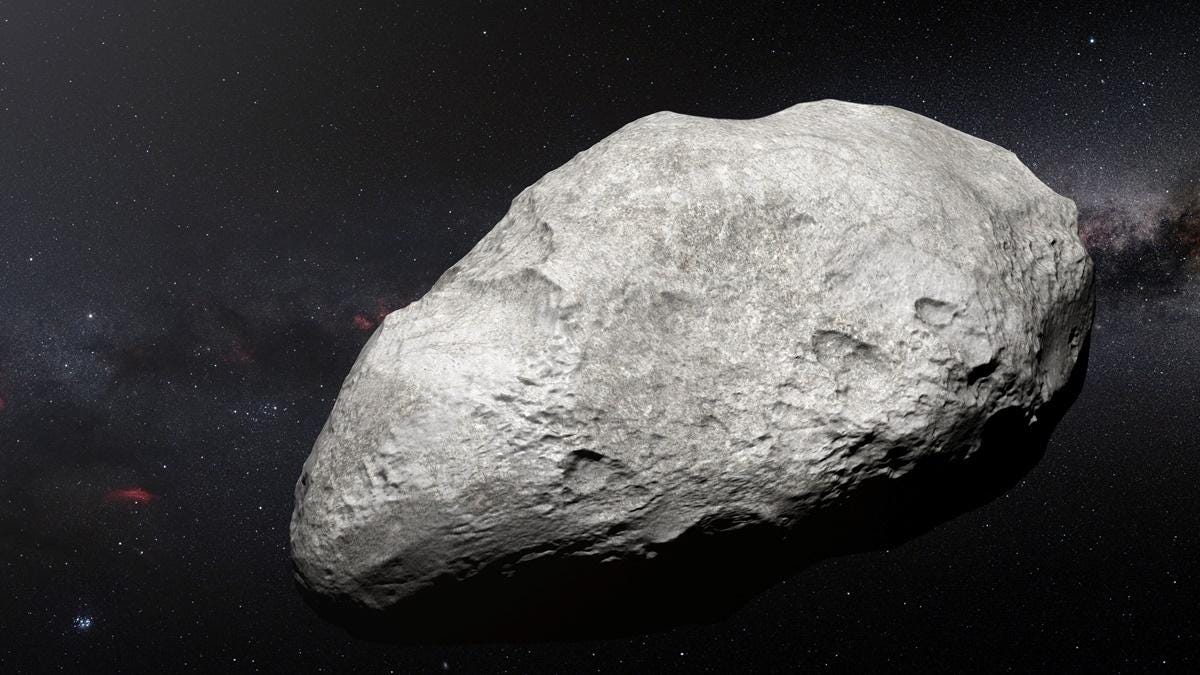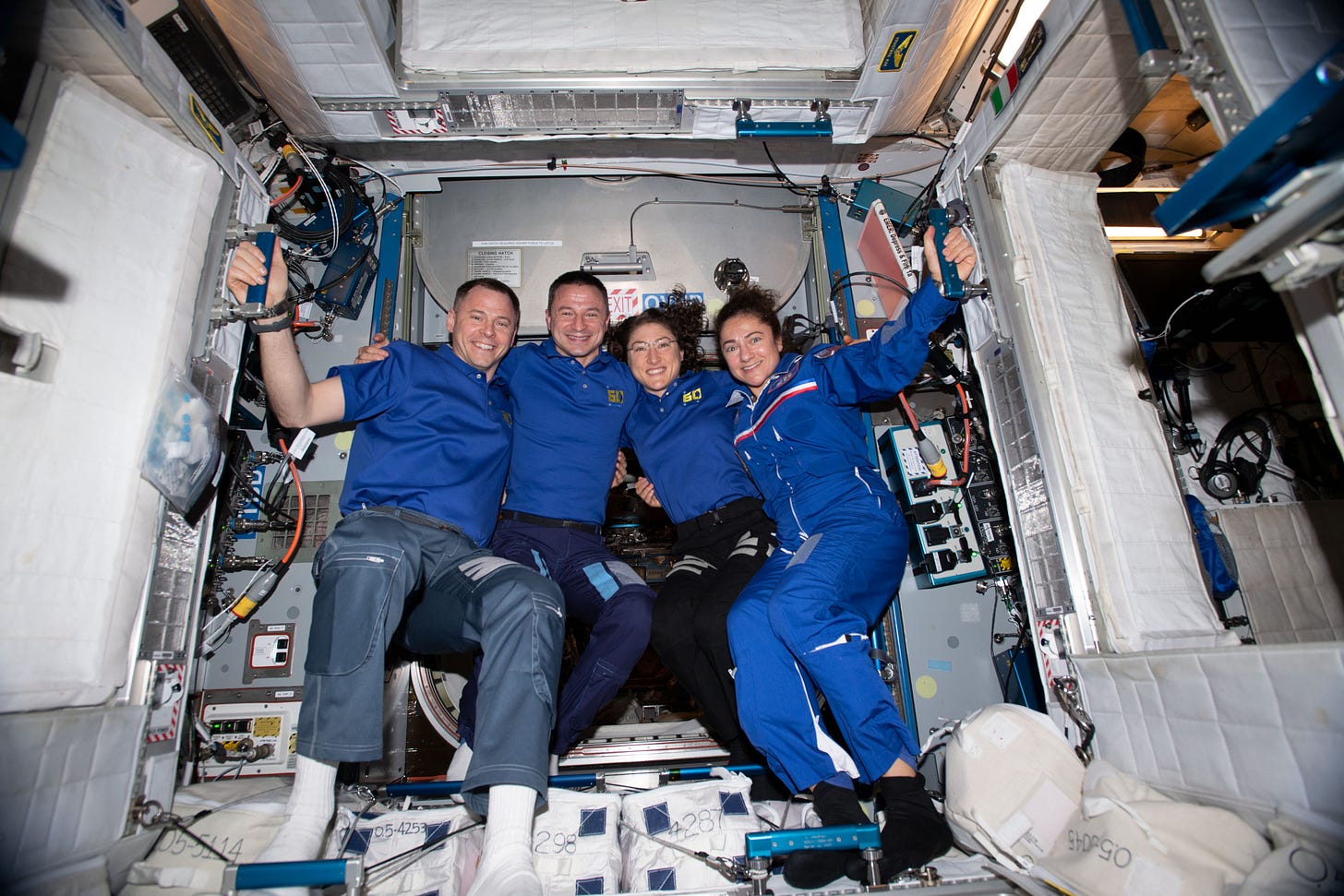Fact vs Fiction in outer space
Debunking Common Misconceptions About Space And Life In Space
Gravity
Fiction: There is no gravity on the International Space Station (ISS).
Fact: Your ISS does not escape the gravity of the Earth. We just feel the sensation of weightlessness because the ISS and everything are constantly falling toward the earth at approximately the same speed while moving forward at a high speed. As the ISS falls, the Earth curves away from it. So the ISS “falls” around the planet. This environment is called microgravity.
Light
Fiction: Space is completely dark
Fact: There is light in space, including sunlight and starlight, but it can be difficult to see due to the lack of atmosphere.
Temperature
Fiction: Space is always freezing cold.
Fact: Space can either be extremely hot or extremely cold based on the exposure of a region to direct sunlight. During spacewalks, temperatures can range from -150°C to +120°C based on the location of the spacewalk.
Dark side of the moon
Fiction: The moon has a dark side that never sees the sun.
Fact: The moon has a “far side” that is not visible from the Earth but it does receive sunlight. In fact, several missions like Soviet Union's Luna 3 mission and the Chinese Chang'e 4 mission have managed to land rovers on the far side of the moon and have proved that it does receive sunlight.
Asteroids
Fiction: All asteroids are made of solid rock.
Fact: While some asteroids are made of solid rock, many are made of ice and other materials
Aging
Fiction: Astronauts don’t age on the ISS
Fact: Astronauts do age on the ISS but they age slower than the people on Earth due to the high speeds of the space station. The aging difference is still very less though. If astronauts spend 6 months in the ISS they would only be younger by 0.005 seconds.


